Your cart is currently empty!
Category: Educational Resources
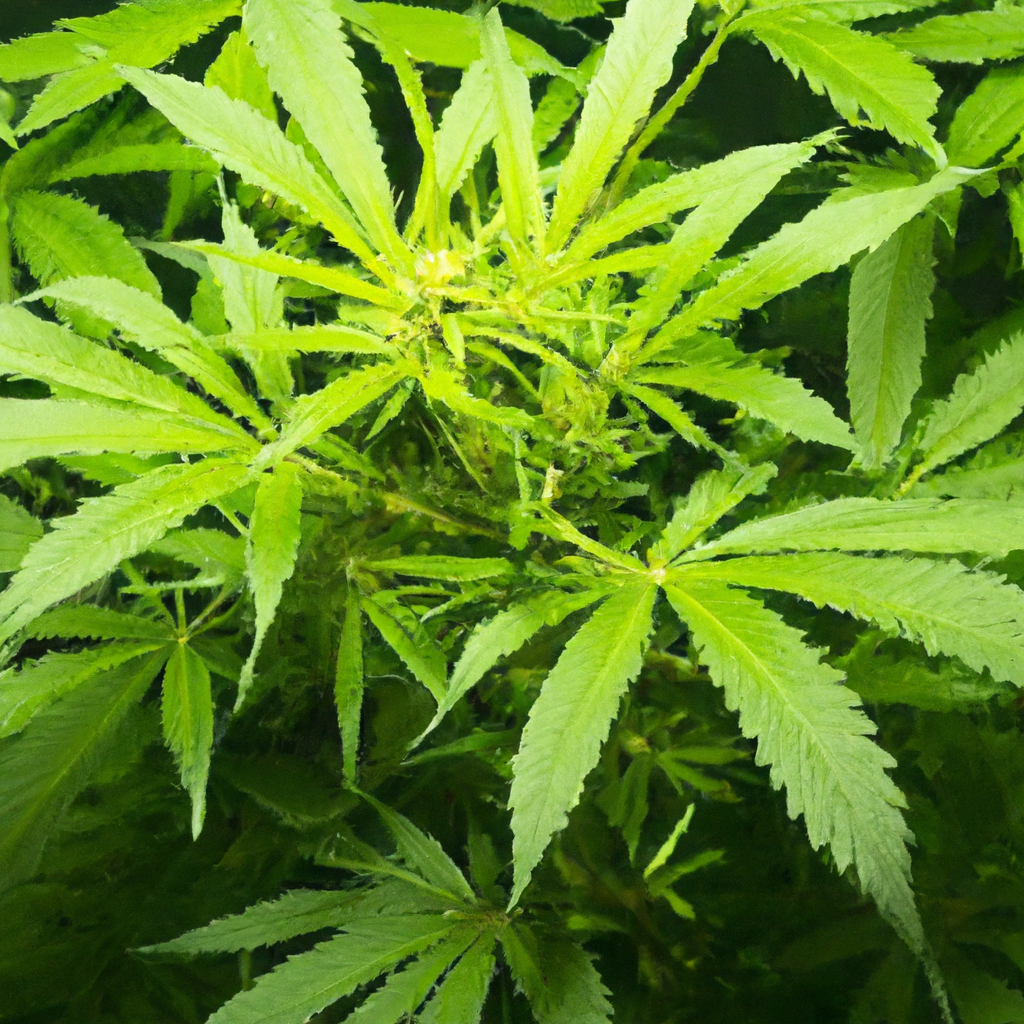
The blog post explores the pivotal role of photosynthesis in cannabis cultivation, detailing how plants convert light into energy through light-dependent reactions and the Calvin cycle. It emphasizes the importance of optimal light conditions, such as spectrum, intensity, and duration, in promoting growth and yield quality. Practical tips include using adjustable LED lights, supplementing CO2…
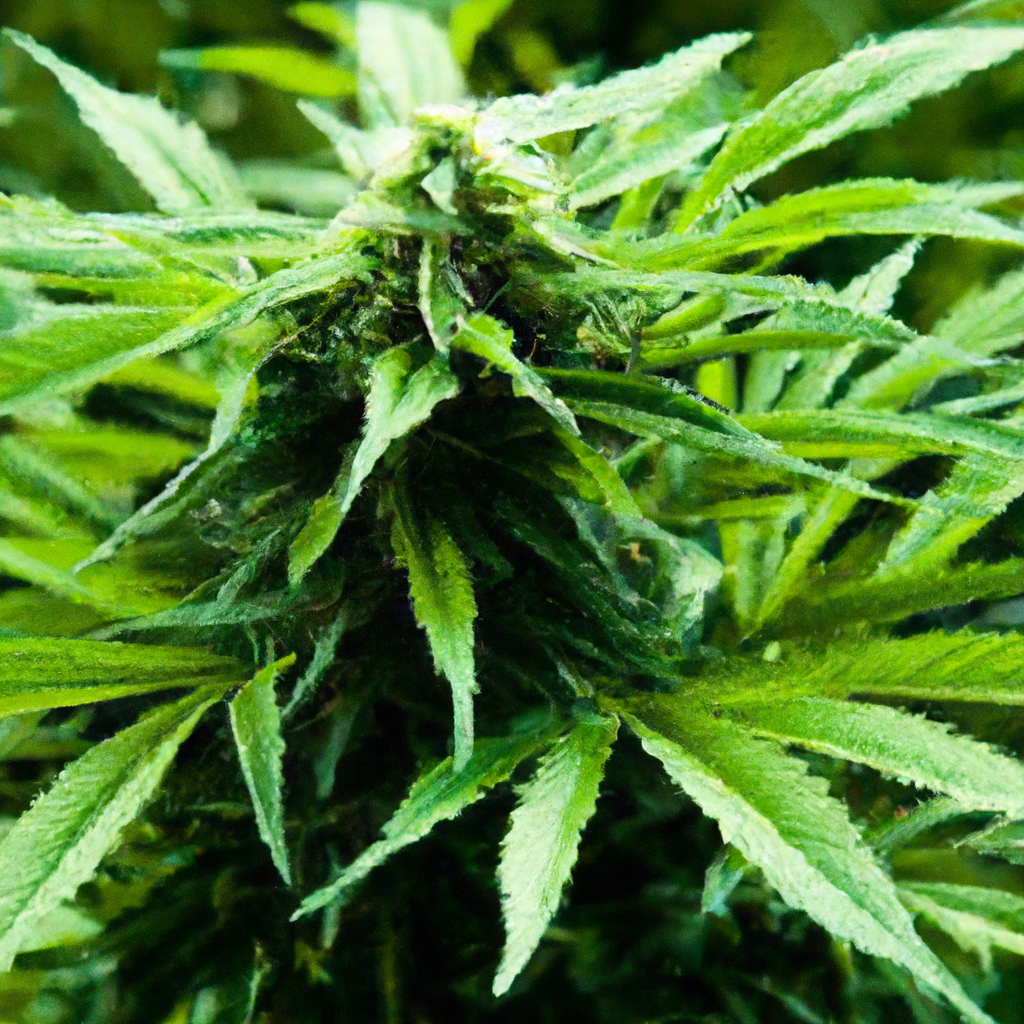
The integration of cannabis cultivation into urban agriculture is gaining momentum as legalization expands globally. Urban farming techniques like vertical farming, hydroponics, and rooftop gardens offer innovative ways to incorporate cannabis into city environments. This trend has multiple benefits, including boosting local economies, reducing environmental impact, and fostering community engagement through educational initiatives. However, growers…
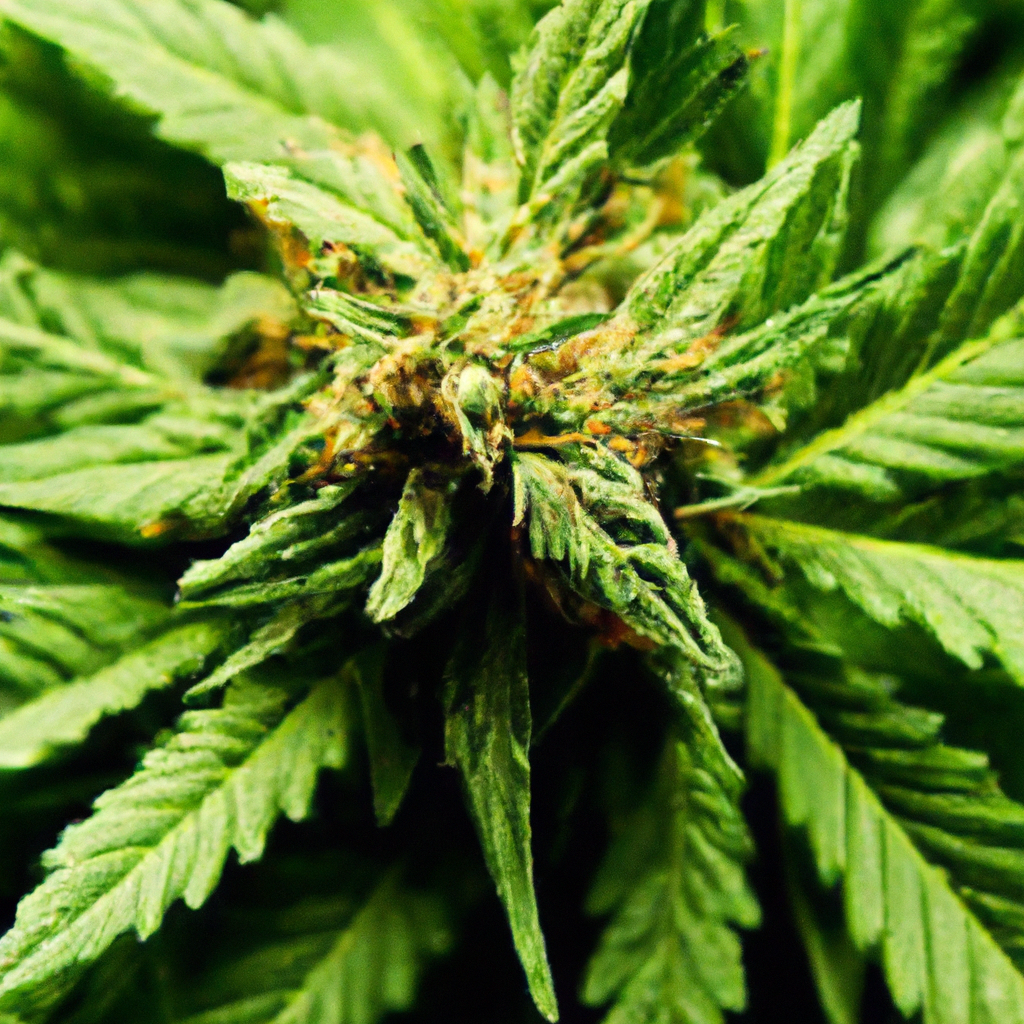
Cannabis has long intrigued creatives for its potential to enhance artistic expression, with many claiming heightened creativity under its influence. Scientifically, cannabis compounds like THC and CBD interact with the brain to potentially enhance divergent thinking, increase relaxation, and alter perception, all of which can contribute to creativity. Culturally, cannabis has been associated with artistic…

The ever-evolving world of cannabis cultivation presents innovative techniques to boost yield and quality. This blog explores effective methods like hydroponics, which offers faster growth, water conservation, and reduced pest issues through soil-free cultivation. LED lighting optimizes exposure with energy efficiency, customizable spectrums, and durability. Sustainable practices enhance environmental impact, involving compost, companion planting, and…
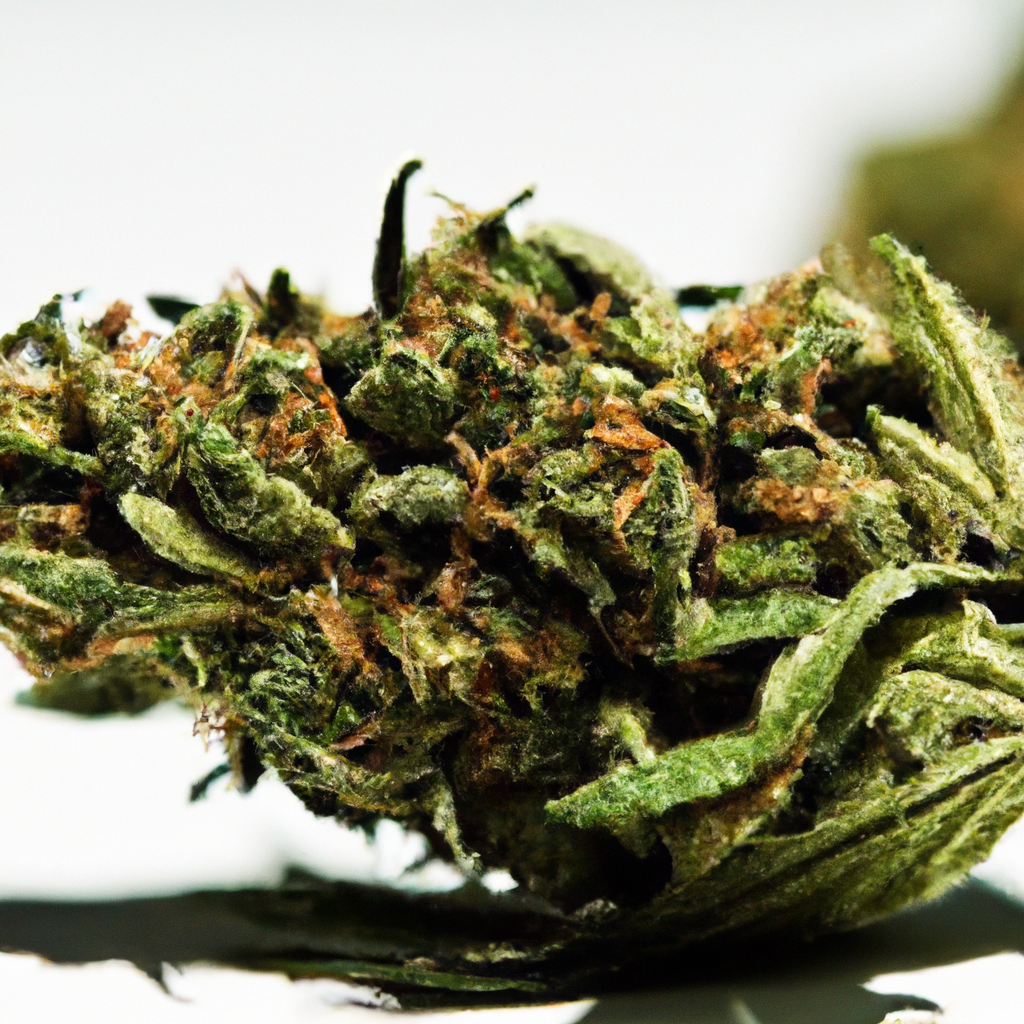
The journey of cannabis legalization is a dynamic narrative shaped by cultural, political, and societal changes. Historically embraced for medicinal and recreational use, cannabis experienced phases of legality influenced by shifting social climates. The 20th century marked a significant prohibition era, with the 1937 Marihuana Tax Act in the U.S. as a notable turning point.…

Cannabis is making intriguing strides in the culinary world by enhancing flavors and offering various benefits. Historically used for its aromatic and therapeutic properties, cannabis is now experiencing a modern culinary renaissance, thanks to its legalization and growing acceptance. Its diverse terpene and flavonoid profiles, like zesty citrus and calming lavender, enrich dishes while promoting…
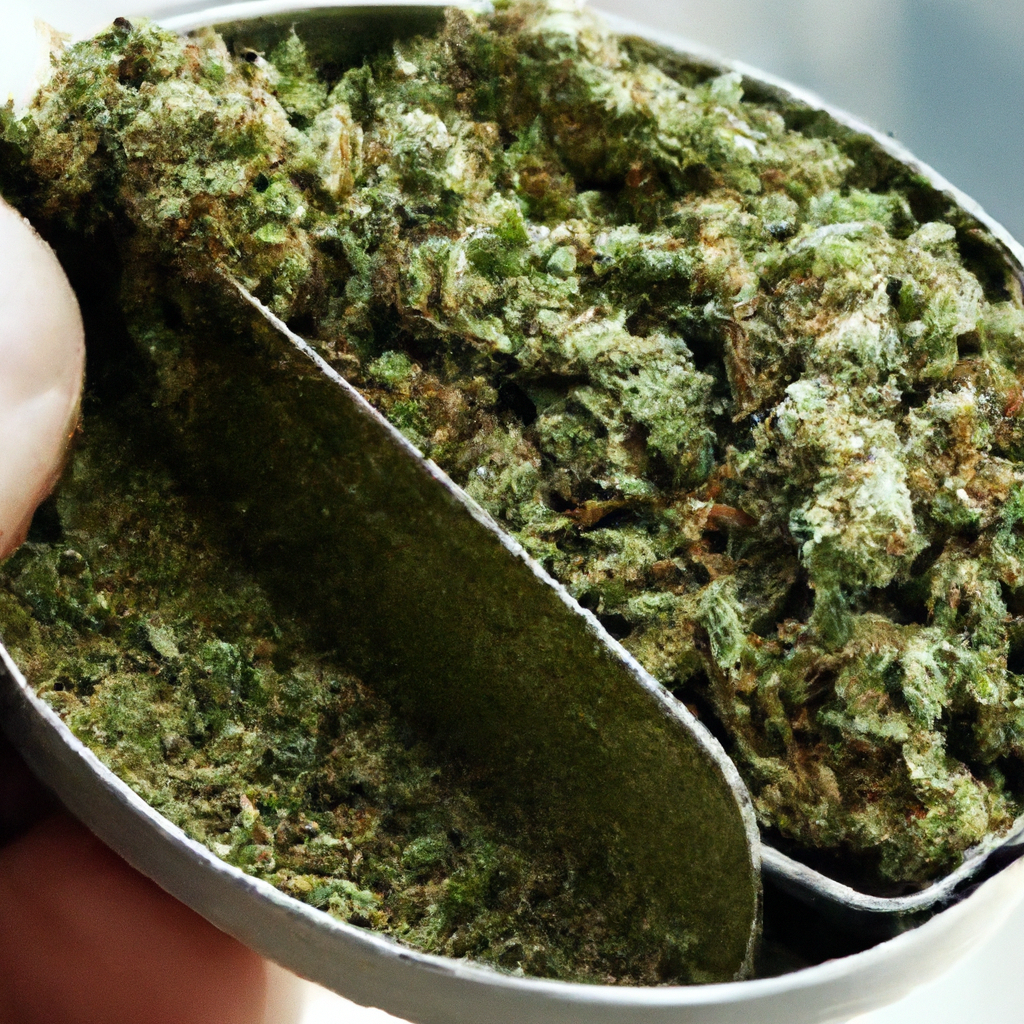
Decarboxylation is an essential yet often overlooked step in cannabis preparation, crucial for unlocking its full therapeutic and psychoactive potential. This process transforms inactive cannabinoids like THCA and CBDA into their active forms, THC and CBD, enhancing their efficacy for both medicinal and recreational use. The blog post provides a detailed guide on decarboxylating cannabis…
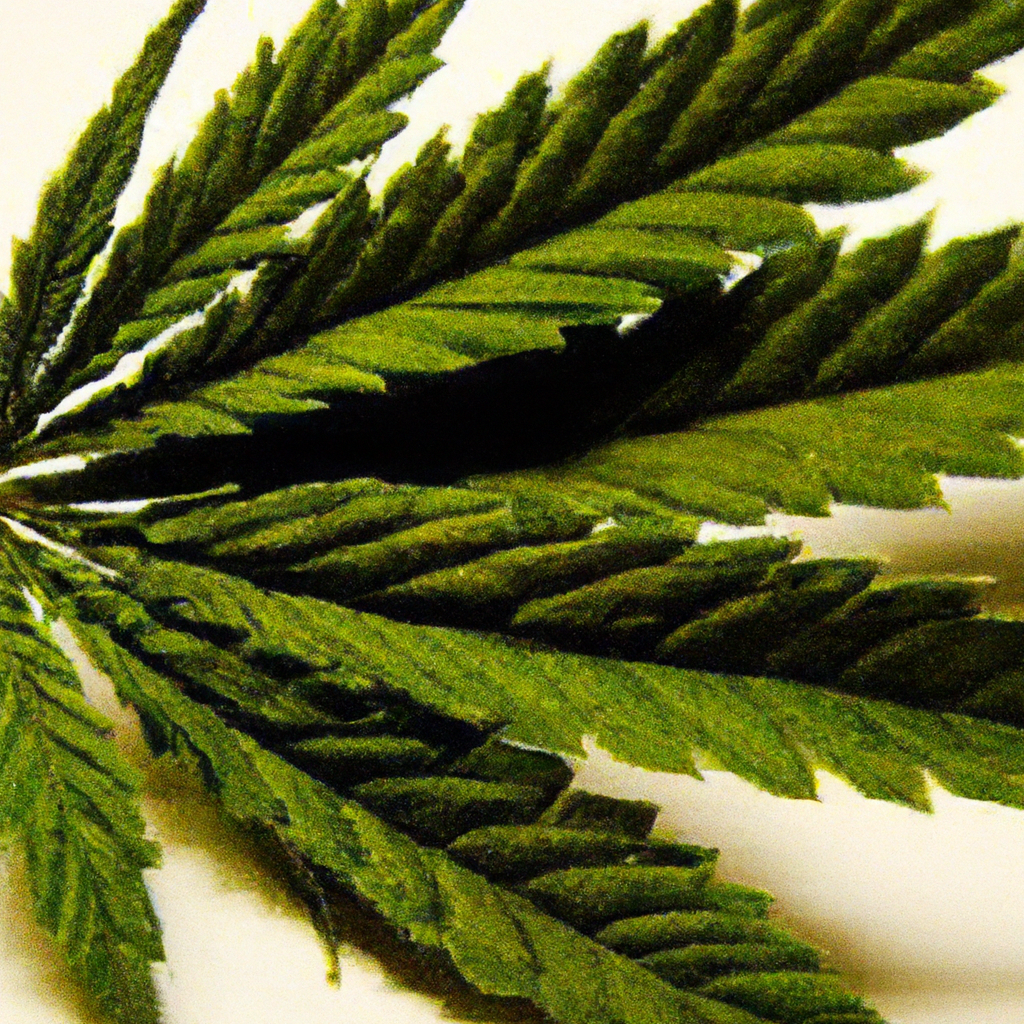
Cannabis has been intertwined with art and culture for centuries, serving as a source of inspiration and altering perceptions across music, visual arts, and literature. From ancient Eastern civilizations to the 20th-century counterculture movements like rock and roll and psychedelic art, cannabis has shaped creative expression. Musicians such as Louis Armstrong and Bob Marley have…
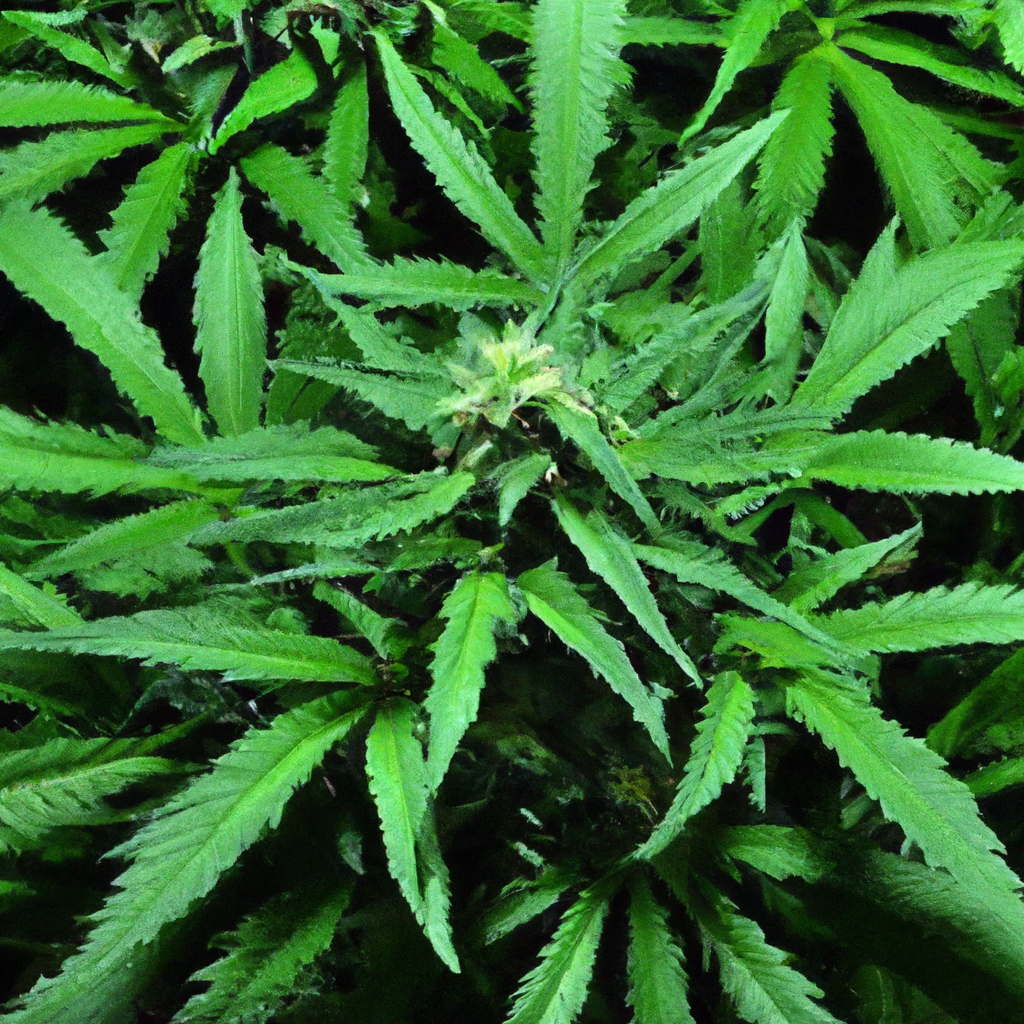
Understanding nutrient management is crucial for cannabis growers aiming to optimize plant health and yield. This guide covers the essentials, from the significance of macronutrients and micronutrients to developing strategic nutrient schedules aligned with growth phases: seedlings require minimal nutrients, the vegetative stage benefits from increased nitrogen, and flowering needs more phosphorus and potassium. Plant…
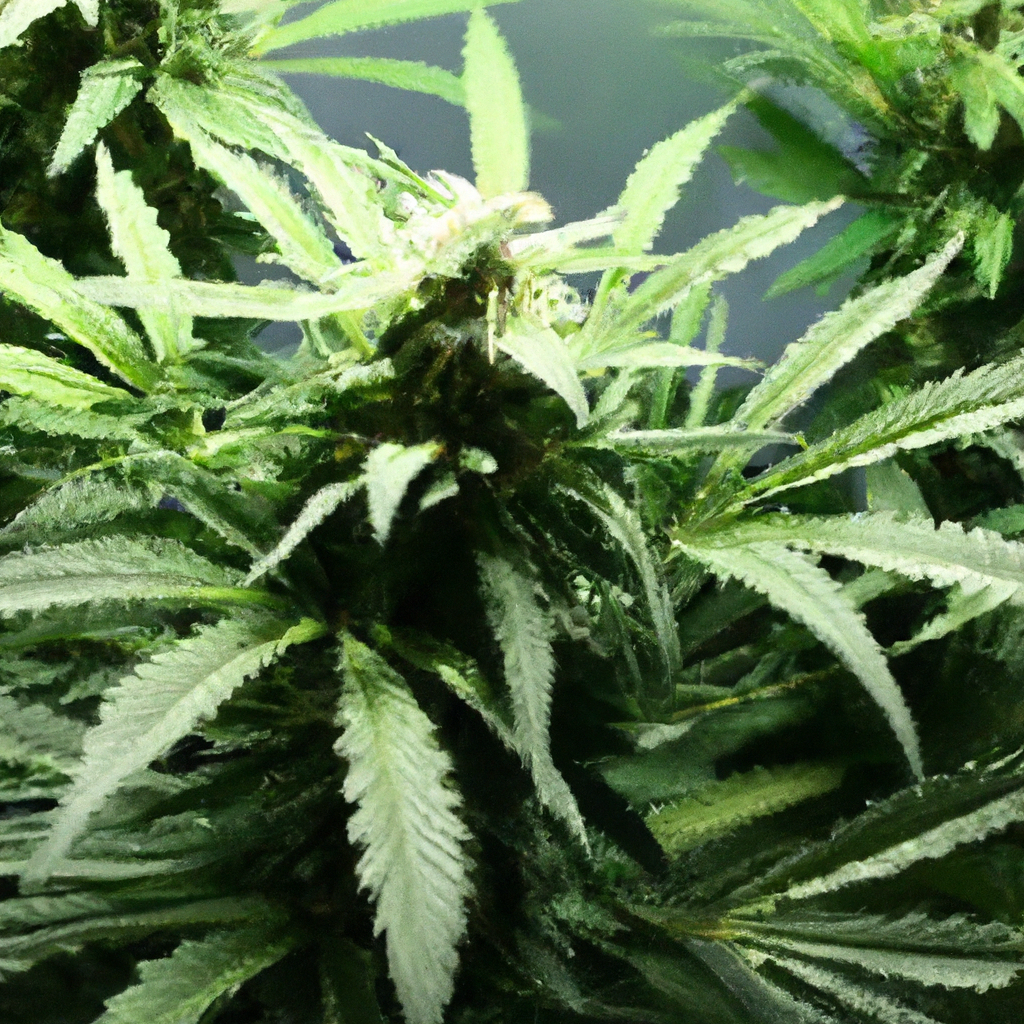
Cannabis cultivation has dramatically evolved from traditional agricultural methods to sophisticated techniques driven by technological advancements and a better understanding of plant biology. Initially reliant on basic soil and irrigation practices, modern growers now use hydroponics, aeroponics, and smart agriculture systems for precise control over growth conditions. As environmental challenges arise, innovations like climate-controlled greenhouses…
